Walk into your living room, say “Xbox on,” and your Xbox One, TV, and sound bar automatically power on. Sit down and say “Xbox Watch ESPN,” and the cable box automatically turns to ESPN and fills the TV screen. It feels futuristic, but in a retro way. It’s the kind of thing someone in a Disney “Home of the Future” exhibit might do, right after getting out of a flying car.
With the Xbox One, Microsoft wants to bring all your living room entertainment — cable TV, gaming, and streaming video — to a single user interface. It’s enabled by the sophisticated second-generation Kinect camera/motion sensor and video pass-through functionality that’s included with every $499 Xbox One. That’s a stark contrast to Sony’s gaming-centric PS4, which has jettisoned — at least at its launch — many of the living room features that endeared it home theater enthusiasts, including support for DLNA, CDs, MP3s, JPEGs, and any type of digital video file. Of course, that’s also one reason the PlayStation 4 retails for a full $100 less than the new Xbox.
After living with the Xbox One for a few days, it’s clear that Microsoft has a bold, all-encompassing vision for its do-everything living room box, that feels different than anything that’s come before. But it’s also clear that the vision just doesn’t match the current reality, where everything feels just a half step (or in some cases, a full step) away from where you’d want it to be.
Editors’ note: This feature focuses on the Xbox One’s living room integration features and was completed using prerelease software. For a complete look at the Xbox One’s capabilities, read CNET’s full review.
OneGuide: A skin for your cable box
One of Microsoft’s big gambles with the Xbox One is its HDMI input, enabling the console to pipe in content from your cable box right to the Xbox interface.
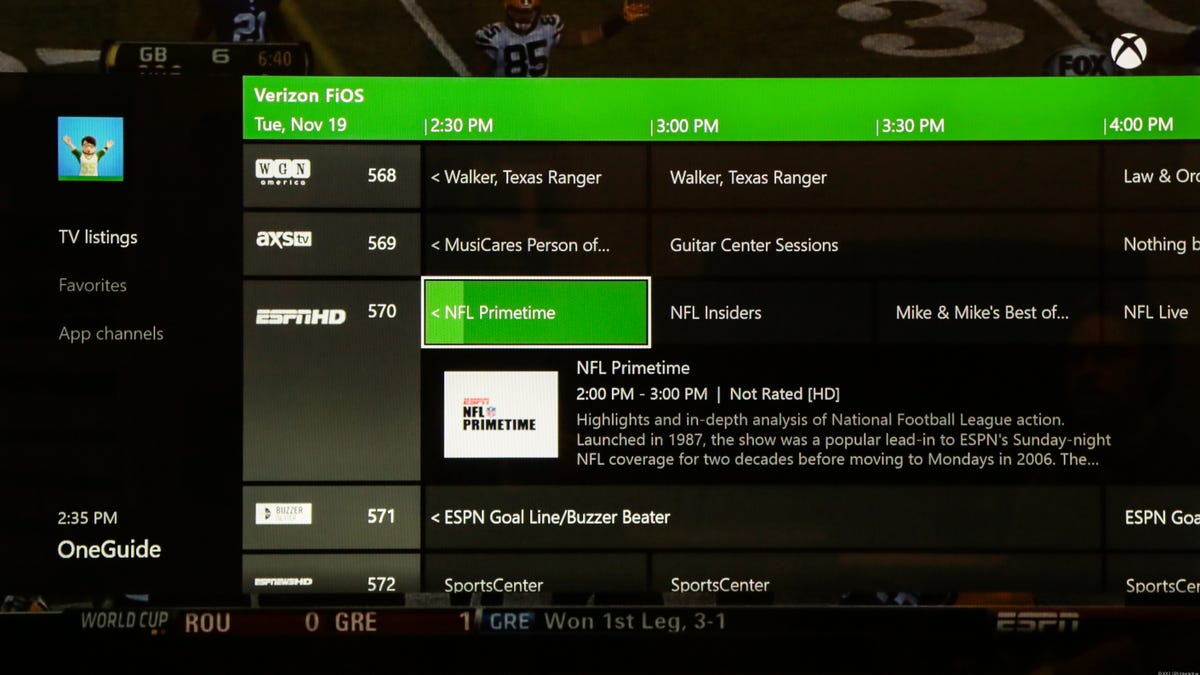

Sarah Tew/CNET
The experience all comes together in OneGuide, the Xbox One’s electronic program guide (EPG) that overlays on top of the incoming TV signal. Select a channel on OneGuide and the Kinect sends remote signals to your cable box to change channels. It happens about as fast as you can expect the arrangement to work, but still feels a little slow and clunky.
Your impression of OneGuide will depend on how lousy your cable/satellite box is. If you’re stuck with a sluggish, poorly designed box, OneGuide will feel like a welcome relief, letting your breeze through channel listings using the Xbox controller.
But it surprised me that OneGuide wasn’t much of an improvement over the stock Fios box in the CNET Labs. I was able to flip through pages of guide data faster on the Fios box, plus it displayed seven rows of channels vs. five on the Xbox One. For some reason, all the guide data isn’t preloaded on the Xbox One, so when you page-down to a new screen, you have to wait for the data to fill in. This is all stuff that Microsoft can improve, but in its current state, the OneGuide layout and responsiveness feel like it could be significantly better.
The other problem is that OneGuide only works with live TV, at a time when it feels like people watch less live TV than ever before, thanks to on-demand content, DVRs, Netflix, and YouTube. OneGuide doesn’t know what’s on your DVR and it can’t tell your DVR what to record, even though you can see what shows will be on in the future. To use your DVR, you have to pick up your cable box remote and use it just like you did in the past. If you watch nearly everything recorded on a DVR (like me), TV on the Xbox One doesn’t feel that much different from how you watched TV before. In one way, that’s a plus — there’s less of a learning curve — but it doesn’t feel like a huge jump forward in TV technology.
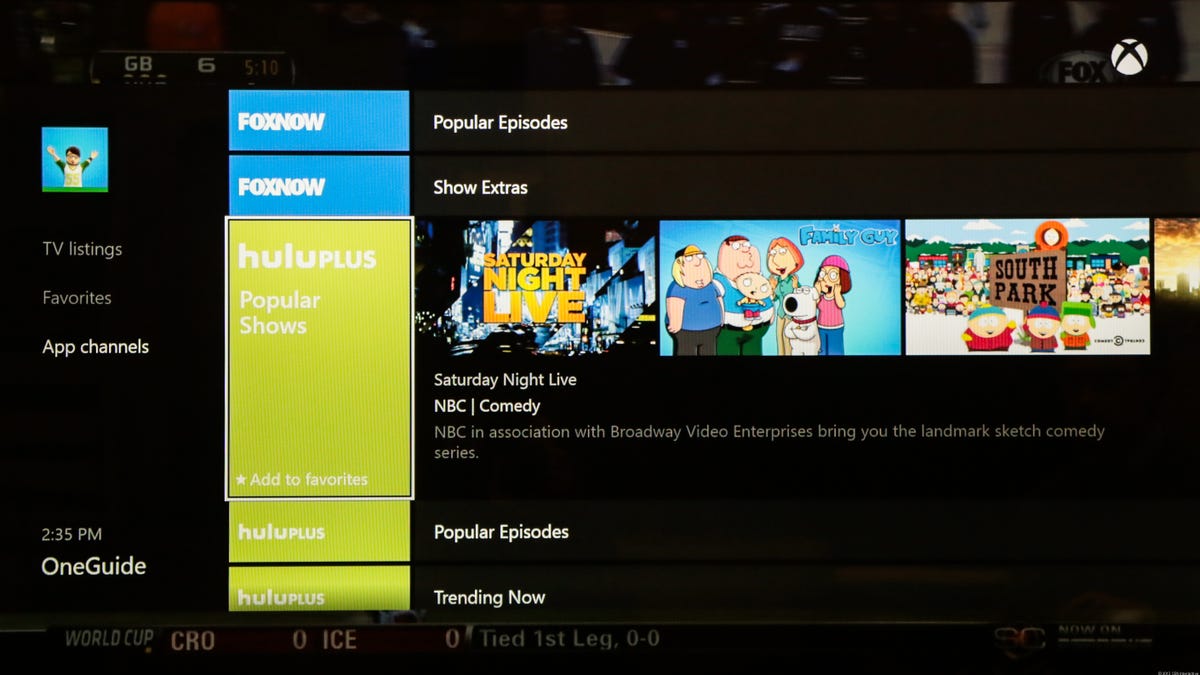

Sarah Tew/CNET
There are some forward-looking aspects to the OneGuide. App Channels is a standout, integrating your streaming-video content from sources like Hulu Plus and FoxNow right next to your traditional cable channels. It only works with a handful of apps right now and Netflix isn’t one of them, but being able to see “House of Cards” in the same grid as your cable content is something to look forward to.
Voice control: So close, yet so far
If the OneGuide feels a little underwhelming, voice control via Kinect brings more of the “wow” factor. It’s at the heart of the Xbox One’s philosophy and the onscreen interface constantly nudges you to talk to your Xbox. (“Use your voice and go faster.”)
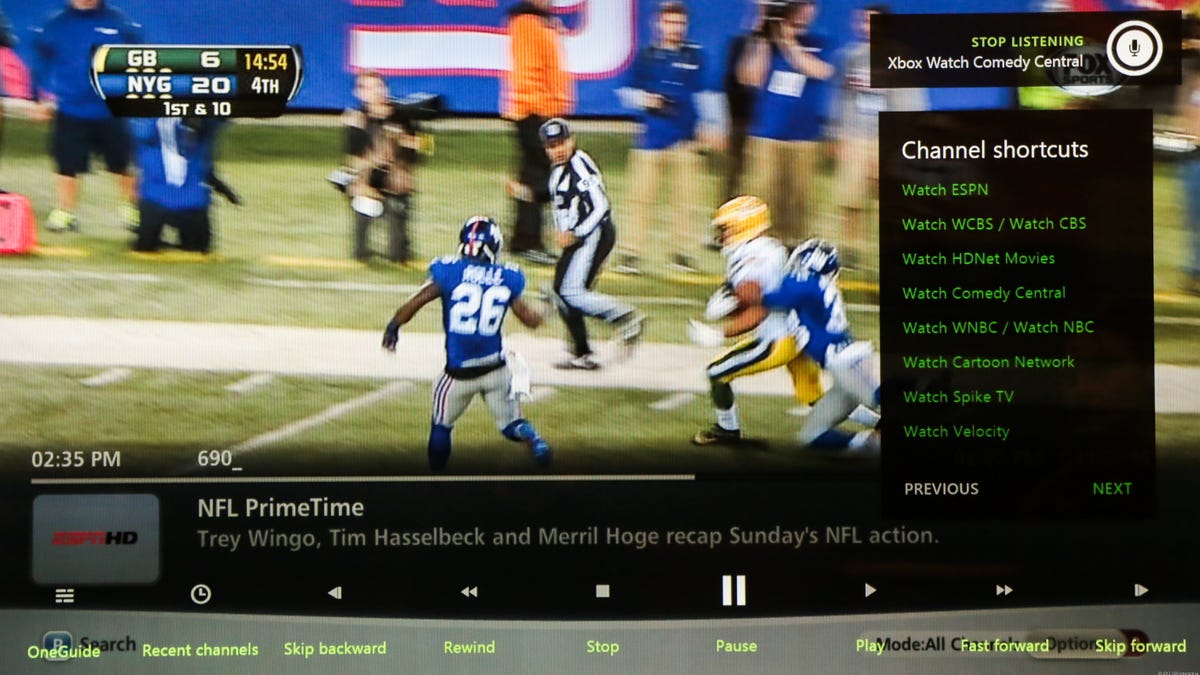

Sarah Tew/CNET
Kinect’s voice control can be seriously impressive at times. I don’t have any of the channel numbers for CNET’s Fios box memorized, but just saying “Xbox Watch Comedy Central” brings me right to the channel. Barking out “Xbox mute” is faster than quickly grabbing a remote. And even saying “Xbox on” as I walk into the room feels neat and useful.
But all too often Kinect’s voice recognition just doesn’t work. No matter how many times I or other CNET editors said “Xbox Watch HGTV,” we couldn’t get the Xbox One to go to HGTV; instead, Kinect would change to BET or ESPN 2. At first, that seemed like an isolated problem, but then more problem channels started becoming apparent: “A&E,” “YES,” “OWN,” “SNY,” to name a few. You start to learn which channels work with voice and which don’t, but after a while I didn’t have much confidence that Kinect would recognize my commands.
There were other times when I’d give the Kinect a command and it just wouldn’t respond at all, requiring me to yell louder and clearer than before. Sometimes it felt like the sound from the TV overpowered my voice, but other times it happened with the TV muted. Once something fell in the room while the Kinect was listening and it went straight to Bing. So there’s that.
Xbox One in pictures






Focusing on the misses overstates the Xbox One’s voice recognition troubles to some degree, as it usually worked like a charm for many channels, including Comedy Central, ESPN, and NBC. When it works, it can feel pretty magical, but when it doesn’t, you’re left yelling at your TV and feeling like a fool.
Streaming media and Bing video search
With all the focus on OneGuide and voice-activated channel changing, it’s easy to forget that the Xbox 360 already had some pretty impressive living room functionality. Some of that carries over to the Xbox One, some of it doesn’t, and some you’ll need to wait for.
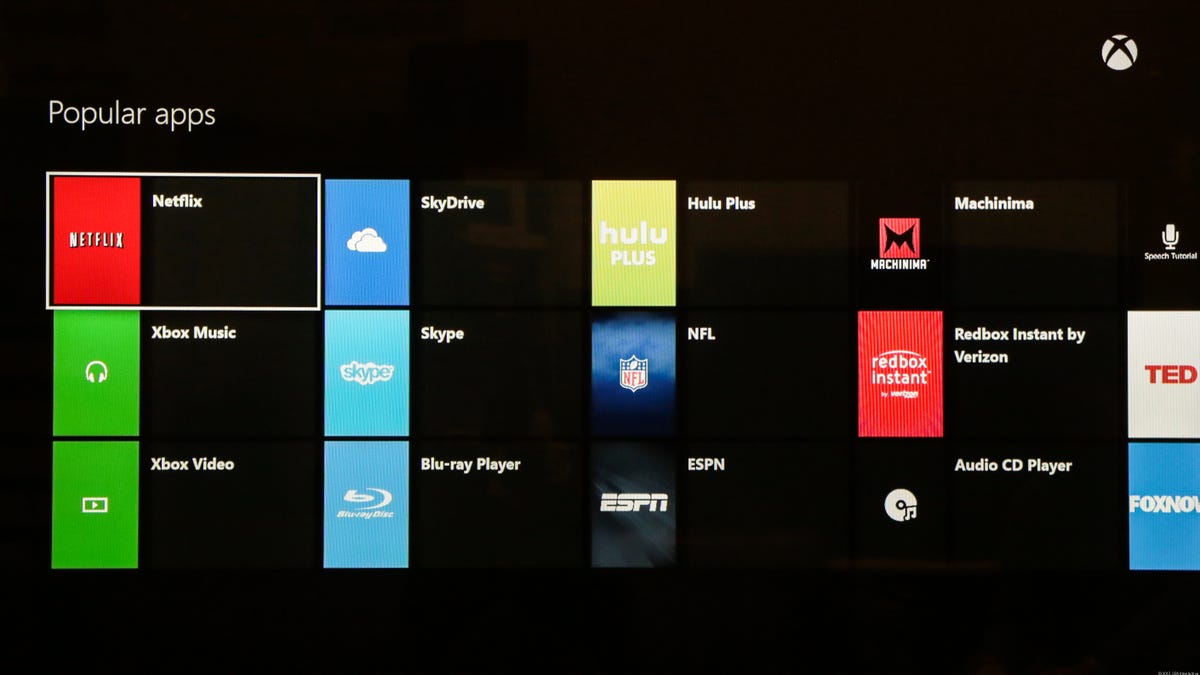

Sarah Tew/CNET
Microsoft announced a long list of “launch apps” early this month, but the big asterisk is that they’re only promised to arrive between launch and spring 2014. On our prelaunch firmware, the app selection was decent: Netflix, Amazon Instant, Hulu Plus, NFL, Crackle, Vudu, FoxNow, FXNow, TED, Redbox Instant, Machinima, and Skype. Still, major apps like HBO GO, Pandora, YouTube, and Spotify are nowhere to be found. (HBO Go is said to be coming to the Xbox One in the launch window; the latter three are MIA.)
In other words: If you use your Xbox 360 as your main streaming-video box, you won’t want to replace it with an Xbox One right away.
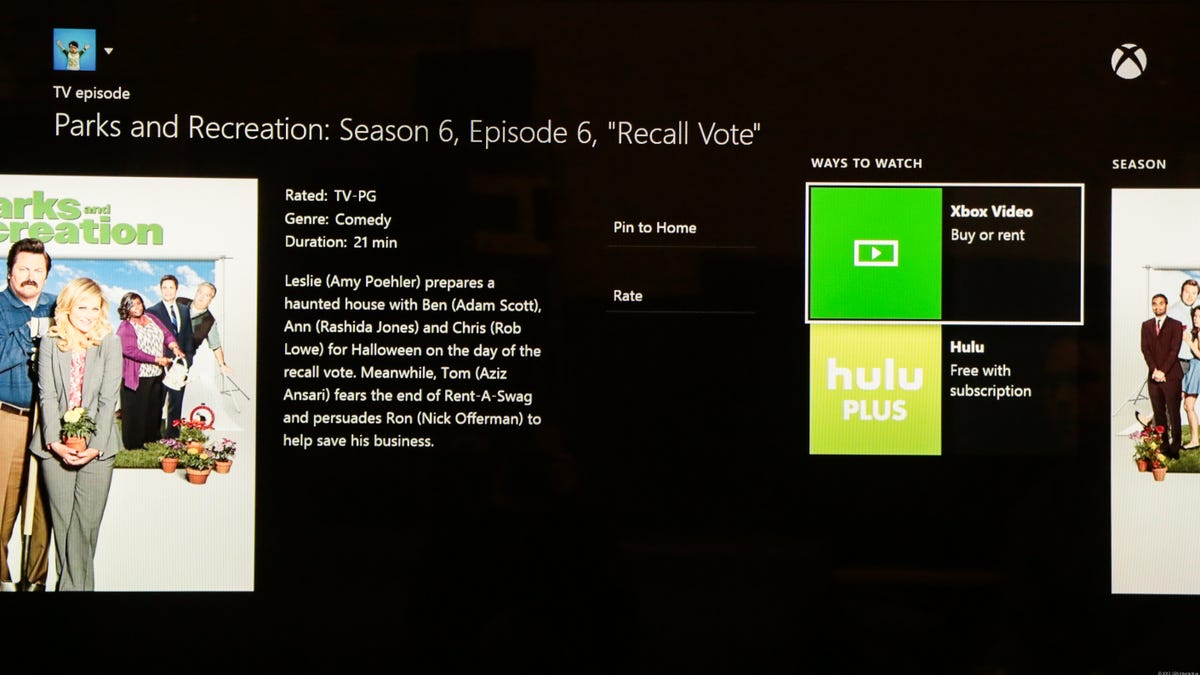

Sarah Tew/CNET
The Xbox One also supports one of the coolest features on the Xbox 360: cross-platform video search using Kinect and Bing. The ability to say “Xbox Bing ‘Parks and Recreation'” and see all the available video services is neat, although it feels strangely isolated from your own cable TV content. You want video search to integrate results from your TV and DVR content, but search is limited to streaming-video apps right now. One can envision a future where the OneGuide and Bing search can access your cable content through authenticated apps, like the Xbox 360’s Xfinity app, but there aren’t even Xbox One apps for those services at the moment.
Learning to speak Xbox
One more irritant with Bing video search and Kinect is that you’re still required to say “Xbox Bing” before searching for something. “Xbox search” doesn’t work, and that’s maddening. Besides the annoying push of the Bing brand, it just highlights another weakness of the Xbox One: it requires a lot of specific voice command prompts.
When Senior Editor David Katzmaier sat down the first time to try out the Xbox One, he unsuccessfully tried a few phrases on his own, such as “Xbox ESPN,” before I had to explain what phrases the Xbox One understands: “Xbox watch ESPN.” That means you’ll need to teach every member of your household how to “speak Xbox” if you’re planning on planting it in your main living room. “Xbox on” works, but “Xbox off” doesn’t — you need to say “Xbox turn off.” You also need to get used to a particularly rhythm; some phrases you can say all at once (“Xbox watch ESPN”), but other work better with a pause (“Xbox snap…TV”).


Now playing:
Watch this:
Microsoft Xbox One hands-on
4:17
You still need a remote
As much as it runs counter to the philosophy of the system, the Xbox One cries out for a dedicated Xbox One remote. Adjusting volume using your voice just doesn’t work well, especially if you like to ride the volume control while watching TV. If you prefer using the Xbox controller to control TV, rather than your voice, you’ll typically need to “wake up” the controller before making any commands, which takes a few seconds. A regular remote is always ready to go as soon as you pick it up.
A dedicated remote could also include a mic, like Samsung’s Smart Interaction TVs, which would help with the “yelling across your living room” problem. Kinect’s voice recognition is decent at hearing your voice through the sound of the TV, but you still generally need to raise your voice when the TV is on.
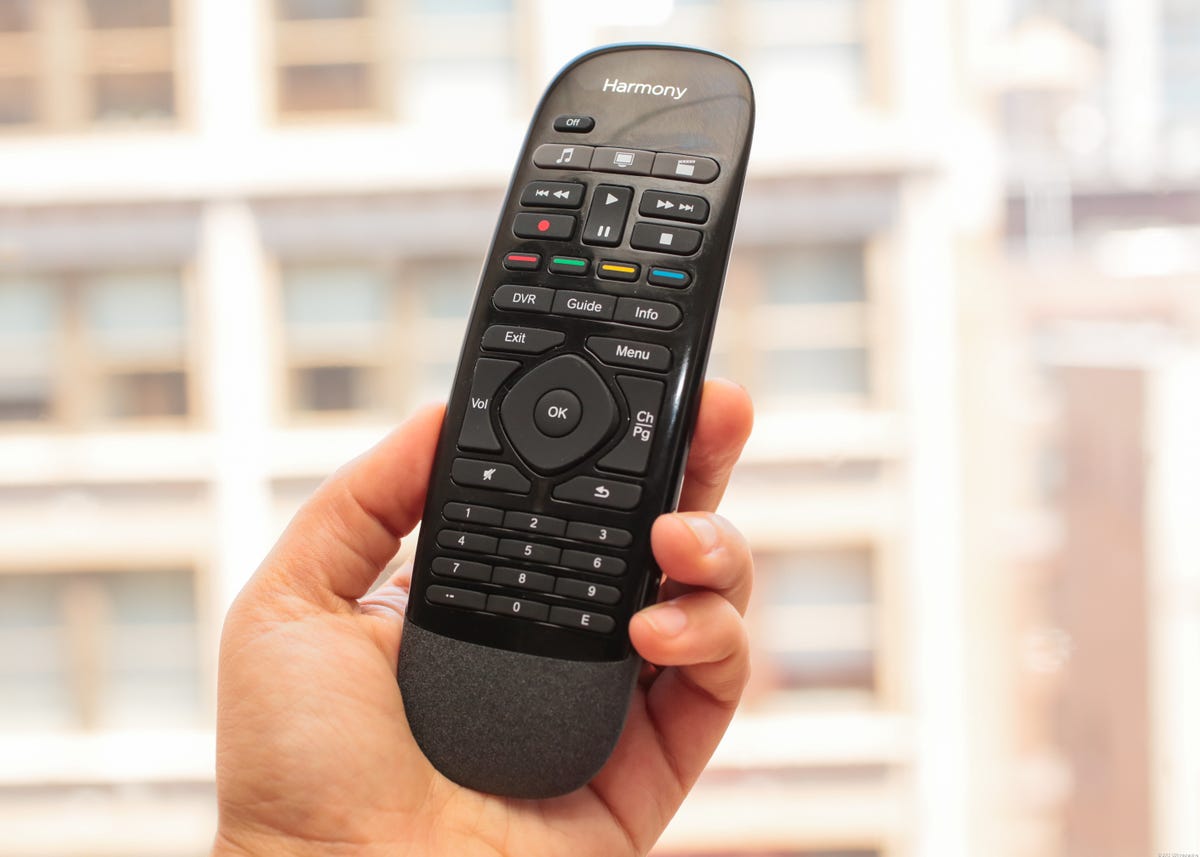

Sarah Tew/CNET
This is the point where Microsoft will remind you that the Xbox One still works with your existing cable box (or universal) remote. That’s true, although it does undercut the idea of the Xbox One as the ultimate living room hub. In fact, the best way to think of the Xbox One is that it’s another tool to control your living room, not the single device that unifies everything. Powering on the Xbox via voice and calling out channels (at least the ones that work) is great, but then you’d be wise to pick up your normal remote for adjusting the volume or accessing DVR programs. It’s not a bad combination once you learn what each device is good at.
The gold tax: Xbox’s $60-per-year fee to do anything fun
The Xbox 360 has long been one of the most innovative streaming-media platforms, but it’s always been hard to recommend to nongamers or even casual gamers. That’s because the Xbox 360, and now Xbox One, require a $60 per year Live Gold subscription to use any of its streaming-media apps — even Netflix. When you can get a Roku LT for $50, it’s hard to justify a $60 yearly fee just for the right to stream Netflix on your Xbox.
The Live Gold tax is even worse on the Xbox One. Nearly anything beyond “offline gaming” requires a Live Gold subscription: any streaming-media app, OneGuide, online gaming, Game DVR, Skype — even Internet Explorer. If the Xbox One feels expensive at $100 more than the PS4, the near-mandatory yearly fee drives the cost difference up even more. If you expect to own the Xbox One for at least five years, expect to add around $300 to the lifetime cost. That’s a huge hurdle for anyone who’s interested in the Xbox One as a living room box, but doesn’t plan on taking advantage of Xbox Live online gaming.
Snapping shows the greatest potential
If many of the Xbox One’s living room features feel disappointing, snapping is the one that has the most potential. Snapping is the Xbox One’s version of multitasking, letting you partition a sliver of the screen to a secondary app. For example, you can play Forza 5 on the main screen, while snapping live TV if you want to keep an eye an NFL game in progress.
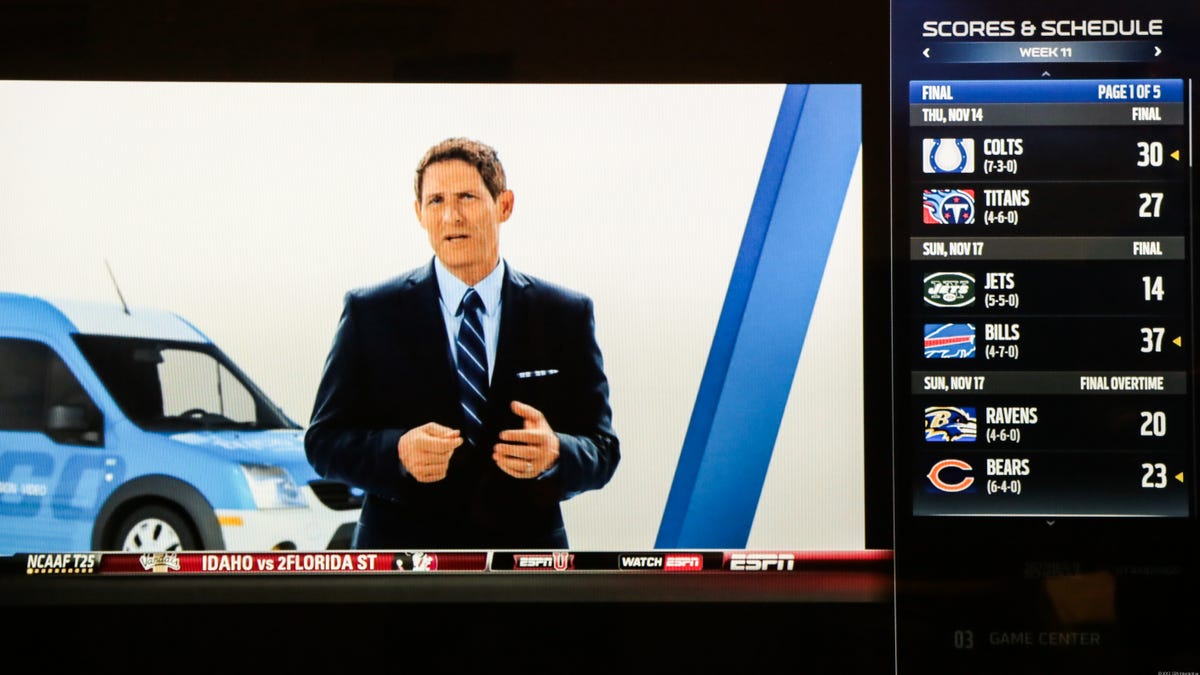

Sarah Tew/CNET
Snapping isn’t perfect. It doesn’t work with every app and unfortunately audio from both windows is mixed together, so in the above example, you have to listen to both Forza and live TV at the same time. The logic of snapping can also get confusing. In CNET’s full review of the Xbox One, Jeff Bakalar aptly describes the feeling of “menu ‘Inception’,” where you’re never quite sure whether you’re within a menu-within-a-menu or what part of the screen you’re controlling.
But even with its flaws, snapping almost feels like it’s worth the trouble. Flipping between TV and gaming so quickly feels unlike any other console experience, not to mention other neat applications, such as getting live fantasy football update from the snapped NFL app. If Microsoft can refine the snapping experience, I’d bet it becomes the most compelling aspect of the Xbox One’s TV integration.
Odds and ends
Sounds bars supported (kind of): When you initially set up the Xbox One to control your component, it lists the ability to control an AV receiver, but there’s no option for sound bars. Given the rise in popularity of sound bars, that seems misguided, but the good news is that you can just enter your sound bar model number into the AV receiver field. This worked with the Sony HT-CT260.
Some TVs not supported: I’ve only tested one model so far, but the Xbox One could not control the Sharp Elite PRO-60X5FD from CNET’s Lab, no matter how I set it up. And there was no option to teach the Kinect remote commands, so I was just out of luck.
Surround sound: During the prerelease testing period, surround sound for TV pass-through was listed as a beta feature, but Microsoft says this will be fixed by launch.
Image quality: A few CNET editors suspected that the Xbox One might be softening TV image quality that it passed through, but I didn’t notice it. Running Blu-ray test patterns through the Xbox One’s HDMI input didn’t reveal any issues.
Not quite the future of TV — yet
After testing the Xbox One in the living room for several days, it feels full of contradictions. It wants to be the future of your cable TV experience, but it only works with live TV. Kinect is supposed to act like a universal remote, but it can’t control a Roku box or change inputs on a TV. Microsoft wants the Xbox One to appeal to more than just the hard-core gamer, but the onerous $60 yearly fee makes that a tough sell. It’s hard to tell if the Xbox One is truly a future-facing device or features like its HDMI input and inconsistent voice control will seem quaint in five years.
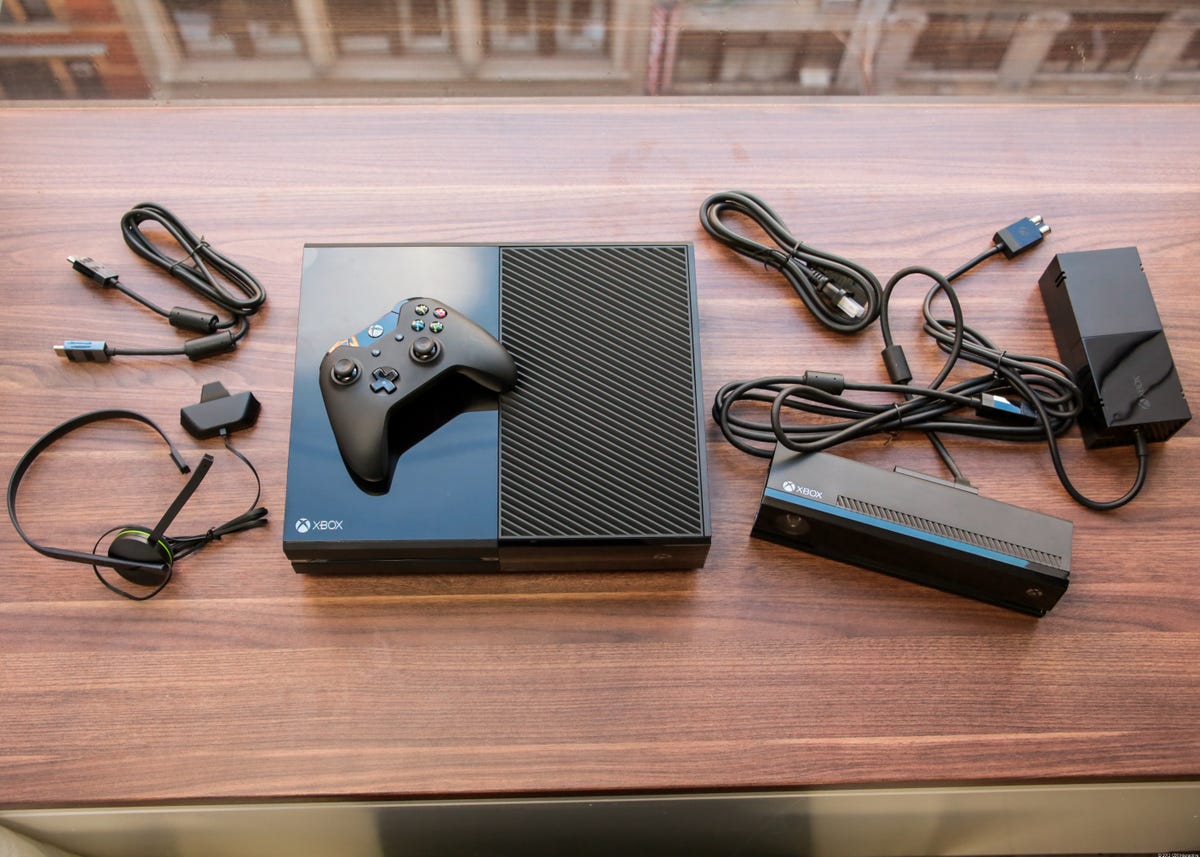

The real test with the Xbox One isn’t how it fares in a few days of prerelease testing, but how it holds up in everyday use over weeks and months. Microsoft has to hope that the initial TV integration experience is good enough that early adopters will continue to use the feature, rather than giving up and plugging their cable box back into their TV. Right now, I could see a lot of people bailing on the TV integration features, especially those with nongaming members of their household.
But it’s also worth remembering that the Xbox One is still a work in progress. The Xbox 360 and PS3 didn’t launch with any streaming-video services, which ended up becoming almost as important as gaming for both systems. The Xbox One we get on November 22, 2013, is likely going to be a lot different than the Xbox One we’ll be using on November 22, 2018. At launch, you can expect a glimpse of the living room future Microsoft has promised, but you’ll need to wait and see whether it truly comes to pass.




